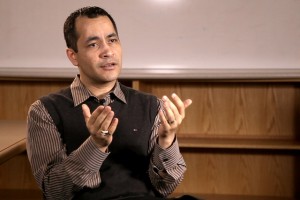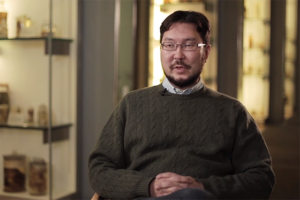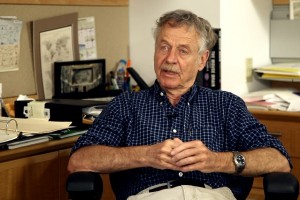Stem Cell Bioengineering
Bioengineer Ali Khademhosseini on cells' environment, gene circuits, and directing differentiation
How can one molecule perform different functions depending on the context? The research of what class of diseases benefited most from miRNA discovery? Assistant Professor of Neurology at Harvard Medical School Anna Krichevsky explains what functions microRNAs have in different cell types.
MicroRNAs are small molecules that regulate gene expression discovered relatively recently. The field of microRNA has been exploding and there are lots of people interested in this field. When you get to work with microRNA, let’s say, you identify one microRNA of interest. Let’s say, you work on hippocampal neurons and you identify specific microRNAs or few microRNAs that are most strongly and specifically expressed in these cells. And you’re trying to address the functions of these microRNAs. What’s the approaches you can take, basically?
In a specific cellular context, in a specific cell, it usually does not happen that one microRNA regulates lots of downstream molecules. So how can you link a microRNA regulator with downstream pathways? It’s very interesting, because apparently a lot depends on what mRNAs are expressed in the cell of your interest. Obviously, if a message is not there, it’s not going to be regulated.
This is one kind of the questions you can ask, mechanistic questions. What are the pathways regulated by microRNA, what targets are regulated by microRNA? There are many practical questions that people are interested in. So, the first thing is, of course, biology. By now we know quite a bit about microRNA biology, there are techniques developed, we can pretty well discriminate between microRNAs. Remember, those are very small molecules, so they are in a way all pretty similar, a lot more similar than large molecules.

Bioengineer Ali Khademhosseini on cells' environment, gene circuits, and directing differentiation

Biologist Arkhat Abzhanov on geometric morphometrics, ancestors of modern birds, and mathematical principles a...

MIT Prof. Rudolf Jaenisch on sickle-cell anemia, human fetuses, and proof-of-principle experiments